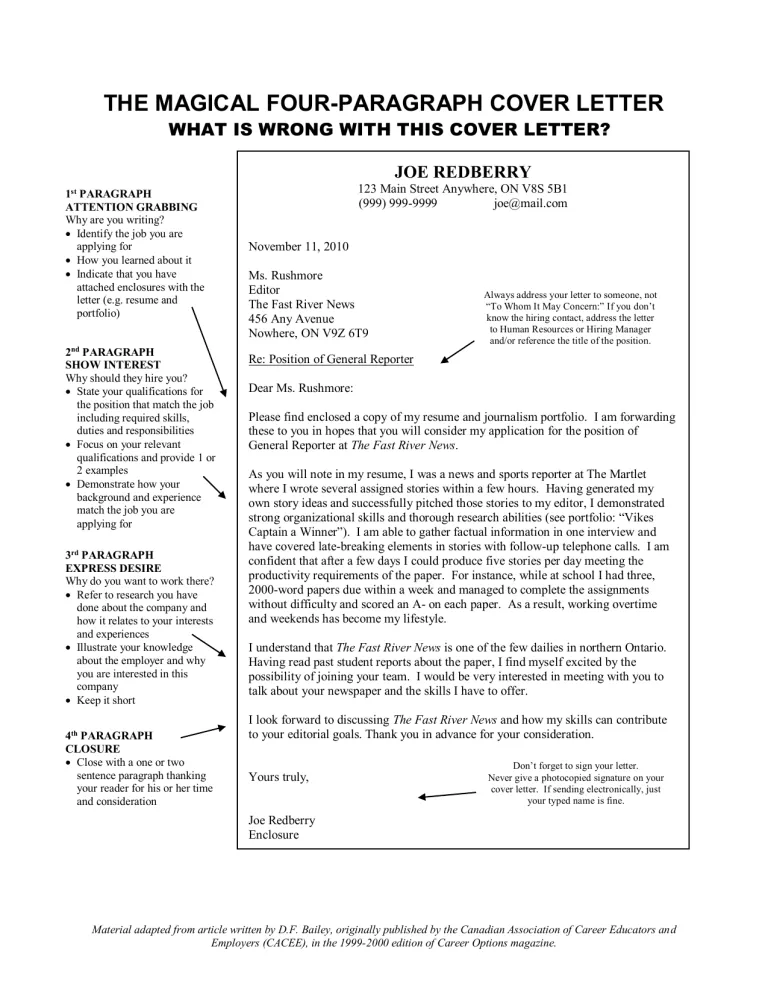Cover Letter Basics
A cover letter is an essential document when applying for a job. It serves as your introduction to a potential employer, complementing your resume by providing context and showcasing your personality, skills, and experiences. Writing a compelling cover letter can significantly increase your chances of landing an interview. While a resume provides a snapshot of your qualifications, the cover letter allows you to tell your story, elaborate on your achievements, and demonstrate why you are the perfect fit for the role and the company. A well-crafted cover letter can set you apart from other candidates and make a lasting positive impression on the hiring manager. It is a direct communication tool, allowing you to personalize your application and address specific needs and requirements of the job.
Cover Letter Structure
The structure of a cover letter is critical to its effectiveness. It should be clear, concise, and easy to read. A well-structured cover letter typically includes a header, a salutation, an opening paragraph, a middle paragraph (or two), a closing paragraph, and a closing with your signature. Each section plays a vital role in conveying your message effectively. By following a standard format, you ensure that your cover letter is organized, professional, and easy for the hiring manager to navigate. The consistent structure allows you to present your information logically, highlighting the most important aspects of your candidacy and ensuring you address the job requirements comprehensively. It’s an excellent way to organize thoughts and provide a compelling case for your application.
Header Section
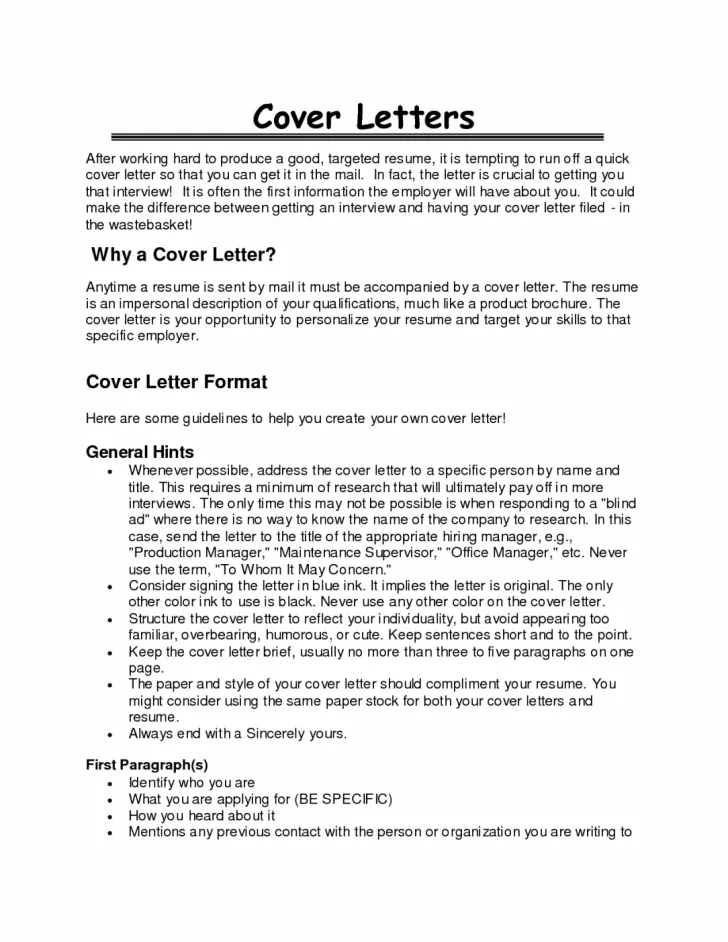
The header is the first element of your cover letter, and it contains essential information that identifies you and the recipient of the letter. This section provides a professional appearance and ensures that your contact information is easily accessible. The header includes your name, address, phone number, and email address. It is typically placed at the top left of the page. This helps the recipient easily contact you if they are interested in your application. Always ensure that the information is accurate and up-to-date. The inclusion of the date is also good practice, as it provides a reference for when the letter was written and submitted, which might be necessary for internal tracking or archival purposes within the company. A clean, well-formatted header is essential for setting a professional tone.
Your Name and Contact Info
Begin with your full name at the top of the header, using a slightly larger font size to make it stand out. Below your name, include your mailing address. Next, provide your phone number; ensure you use a professional-sounding voicemail greeting. Finally, list your email address; it’s crucial to use a professional-sounding email address, avoiding nicknames or unprofessional language. This information allows the hiring manager to easily contact you. Check for accuracy to avoid any delays in communication. Ensure all the details are current and that the formatting is consistent throughout the header to maintain a professional and polished appearance. Clear and easily accessible contact information is a key to ensuring employers can quickly reach out to you.
Recipient’s Information
Below your information, include the recipient’s details. This section usually includes the name of the hiring manager (if known), their title, the company name, and the company’s address. Address the letter to a specific person whenever possible, as it adds a personal touch and demonstrates that you have done your research. If you cannot find the hiring manager’s name, try to find the name of someone in the HR department. If you cannot find a specific name, using a general title like ‘Hiring Manager’ is acceptable. The inclusion of the recipient’s information ensures that your letter is addressed correctly, reflecting professionalism and attention to detail. This step shows your ability to follow instructions and your overall attention to detail.
Salutation
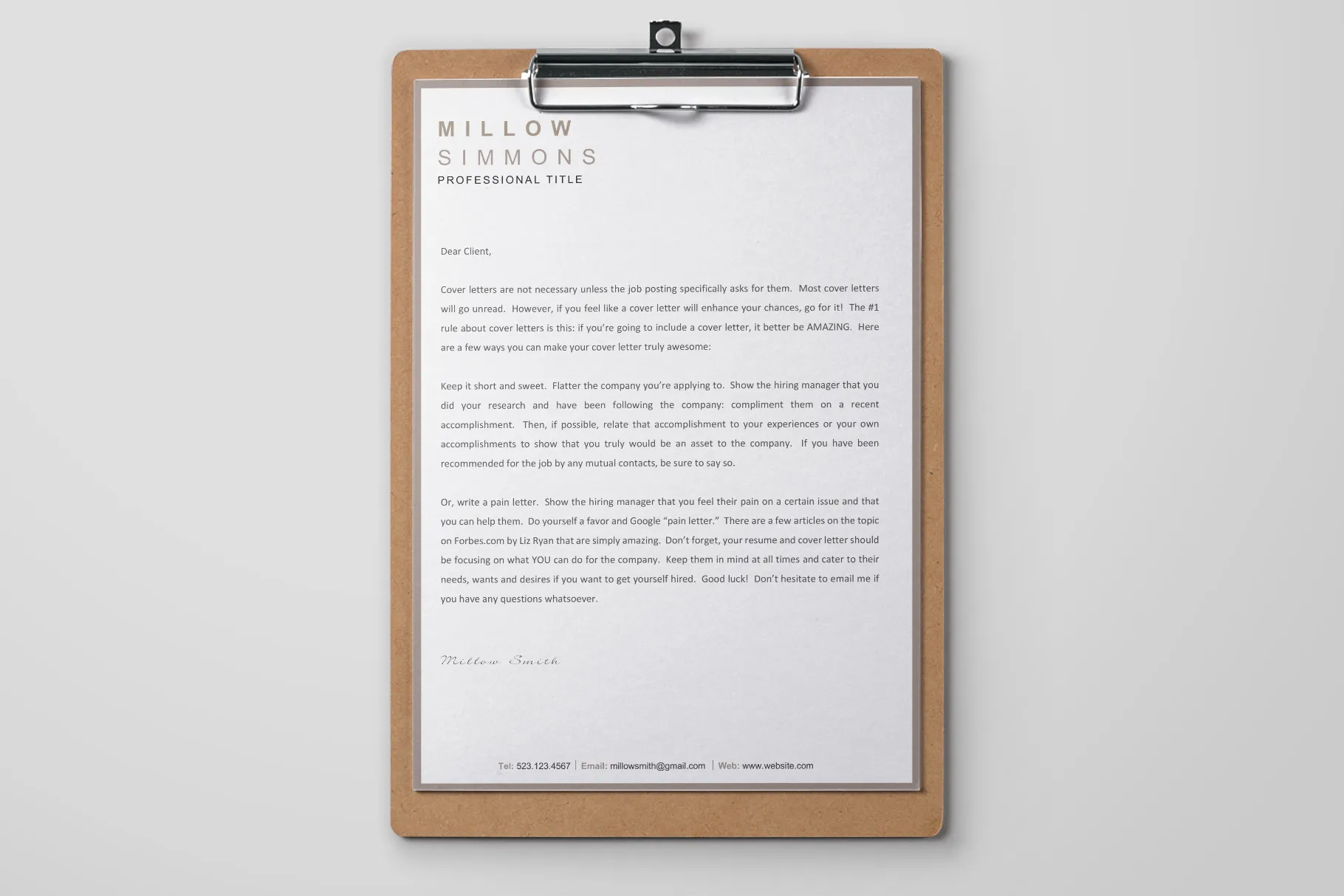
The salutation is your greeting to the hiring manager. The most common and professional salutation is ‘Dear Mr./Ms./Mx. [Last Name]’. Always use the correct title and spelling of the recipient’s name. If you do not know the name of the hiring manager, use ‘Dear Hiring Manager’ or ‘Dear [Department Name] Team’. Avoid overly casual salutations, such as ‘Hi’ or ‘Hello’, as they may be perceived as unprofessional. The salutation sets the tone for the entire letter, so it’s important to keep it professional and respectful. Choose the appropriate salutation for a good first impression. The salutation sets the stage for a professional and positive interaction.
Opening Paragraph
The opening paragraph should immediately grab the reader’s attention and state the purpose of your letter. Begin by mentioning the specific position you are applying for and where you found the job posting. Briefly highlight your most relevant qualifications and skills. This section should capture the hiring manager’s interest, encouraging them to continue reading. A concise and compelling introduction is key to making a strong first impression. Make your intentions clear and show enthusiasm for the opportunity. Express your genuine interest in the position and the company, creating a solid foundation for the rest of your cover letter. It should be a clear and concise introduction that quickly informs the reader about the position and your intent.
Highlight Your Key Skills
In the body of your cover letter, elaborate on your skills and experiences that make you a strong candidate. Focus on the skills and requirements mentioned in the job description. Provide specific examples of how you have used these skills in previous roles or projects. Use action verbs to describe your accomplishments and responsibilities. Your skills should match those needed for the job. This will show that you meet the essential requirements. Demonstrate how your skills can contribute to the company’s goals. Tailor your description to the specific job application. Avoid being too general; instead, show how your qualifications align with the job’s specific requirements.
Use Action Verbs
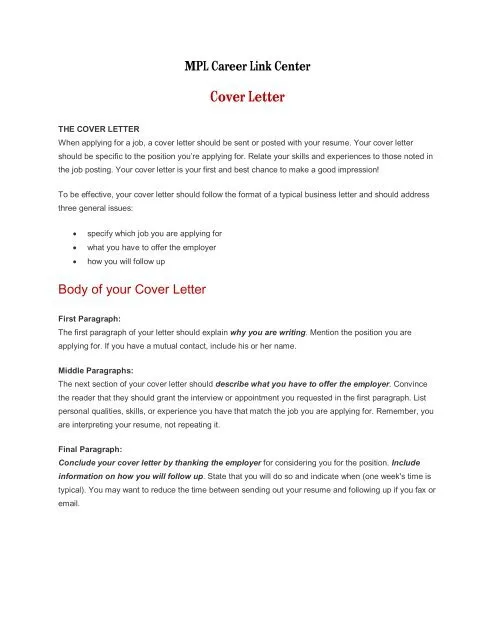
Action verbs are crucial for creating a dynamic and engaging cover letter. Start your sentences with strong action verbs to describe your accomplishments and contributions. Examples include ‘managed’, ’led’, ‘developed’, ‘achieved’, and ‘implemented’. Using action verbs helps demonstrate your skills and expertise. It provides a clear picture of what you did and what results you achieved. Avoid passive language and opt for active, energetic verbs that convey your impact. Action verbs make your cover letter more compelling and memorable. This is important in making a good first impression. They add energy and clarity to your writing, making it easier for the hiring manager to understand your value.
Quantify Your Achievements
Whenever possible, quantify your achievements with data and specific results. Instead of saying ‘improved customer satisfaction’, say ‘increased customer satisfaction by 15%’. Use numbers and metrics to demonstrate your impact and the value you brought to previous roles. Providing quantifiable results gives the hiring manager a clear understanding of your capabilities and achievements. This adds credibility and demonstrates your ability to deliver results. Quantifying your achievements is a very impactful way to showcase your accomplishments. Specific data and numbers make your achievements more compelling and easier to understand, setting you apart from other applicants.
Middle Paragraph
The middle paragraph(s) of your cover letter should elaborate on your key skills, experiences, and qualifications. This is where you provide details and showcase your abilities. Tailor this section to match the requirements of the job description. Highlight relevant experiences and provide specific examples of how you have applied your skills in previous roles. Use this section to demonstrate why you are a good fit for the position and the company. You should address the job requirements and show how your skills meet those demands. It is essential to include information that shows your abilities, experiences, and understanding of the job. This is your opportunity to give the hiring manager the details they need to determine if you are the right fit.
Address Specific Requirements
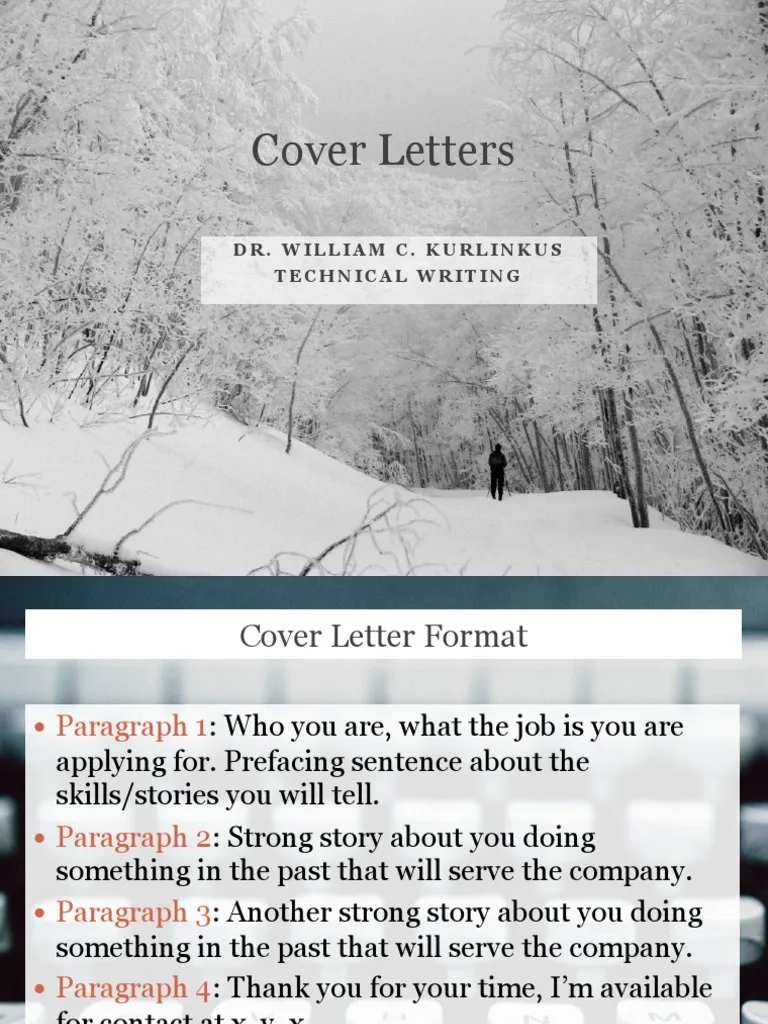
Carefully review the job description and identify the key requirements. Address each requirement in your cover letter. Use specific examples to show how your skills and experiences align with the job’s needs. Emphasize how you have met similar challenges or responsibilities in the past. By addressing specific requirements, you demonstrate that you have read the job description and understand the role. Tailor your application to align with the company’s needs. Highlighting the required skills and experiences makes you a more appealing candidate. Matching your qualifications to the specific needs of the job makes your application more effective.
Explain Your Interest
Express your genuine interest in the company and the specific role. Explain why you are drawn to the organization and the opportunity. Mention something that excites you about the company’s mission, values, or recent achievements. Explain what motivates you to take this opportunity. Your enthusiasm should come across naturally. This shows the hiring manager that you have done your research and are genuinely interested in the position and that you would be a good fit for the company. This genuine interest also reflects your passion for the industry, the company, and the opportunity at hand. This enthusiasm will increase your chances of getting an interview.
Demonstrate Value
Clearly articulate the value you can bring to the company. Explain how your skills and experiences can contribute to the company’s goals. Showcase your problem-solving abilities and your ability to achieve results. Show how your skills can make a positive impact. Show how you can contribute to the team’s success. Focus on how you can solve the company’s problems. Demonstrate your ability to make a positive contribution. Demonstrate how your abilities can lead to better outcomes. Make sure that your cover letter is about the company’s needs, and not only about your needs and expectations.
Final Paragraph
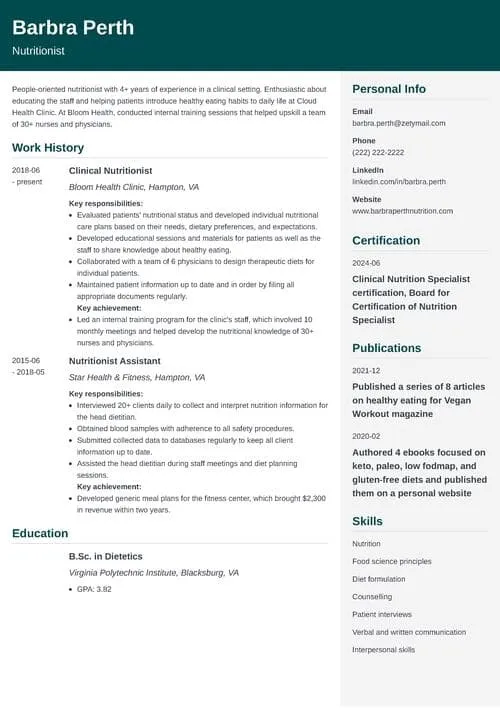
The final paragraph of your cover letter should summarize your interest in the position and reiterate your qualifications. Express your enthusiasm for the opportunity to contribute to the company. The final paragraph also provides an opportunity to express your eagerness to discuss your application further. Thank the hiring manager for their time and consideration. Your final paragraph should reinforce your key message and leave a strong impression. Be sure to include a call to action, such as inviting the hiring manager to contact you. This concluding paragraph is essential for creating a professional and impactful end to your cover letter. Make sure to leave a positive and lasting impression.
Express Gratitude
Always express your gratitude for the hiring manager’s time and consideration. This simple gesture demonstrates professionalism and respect. Thank them for reviewing your application and considering you for the position. You can briefly acknowledge the opportunity to contribute to the company. This closing statement leaves a positive impression and shows that you value the opportunity. Your expression of gratitude is a reflection of your professionalism. It demonstrates your respect for their time and reinforces your interest in the position.
Call to Action
Conclude your cover letter with a clear call to action. Invite the hiring manager to contact you for an interview or to discuss your qualifications further. Provide your contact information again, ensuring it is easy to find. Make it easy for the hiring manager to take the next step. A clear call to action encourages the hiring manager to reach out and schedule an interview. This direct request underscores your enthusiasm. Your call to action shows that you are eager to discuss your qualifications in detail.
Closing and Signature
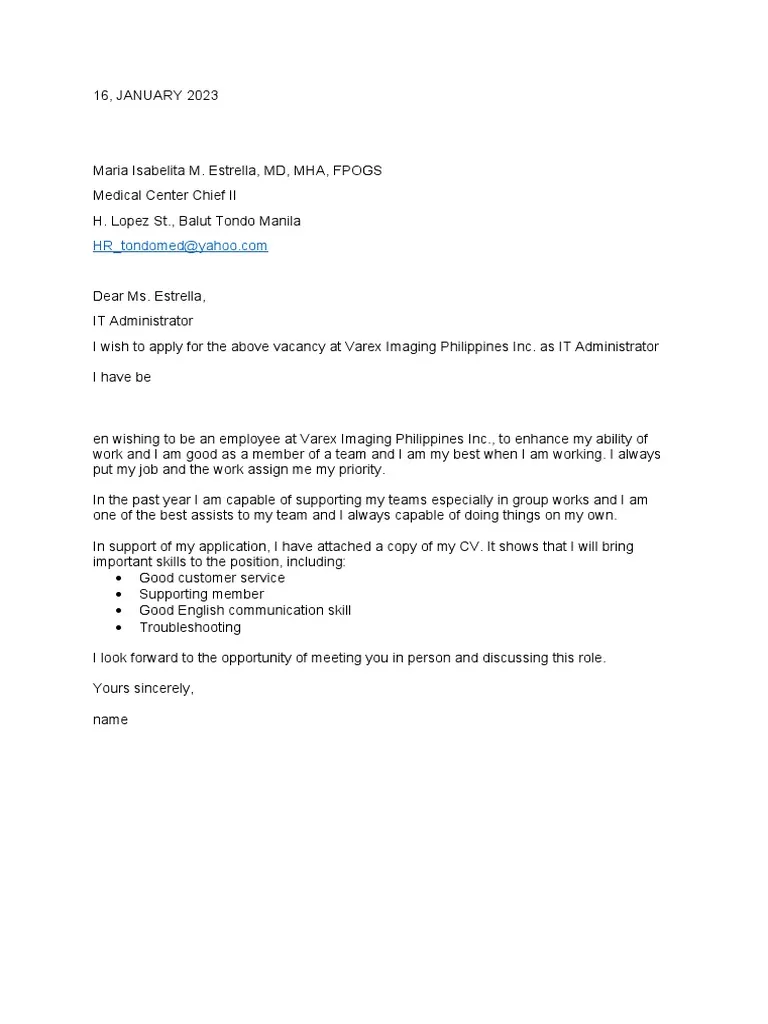
Close your cover letter professionally with a formal closing, such as ‘Sincerely’, ‘Respectfully’, or ‘Best regards’. Leave space for your signature below the closing. If submitting your cover letter electronically, you can type your full name as your signature. Your signature adds a personal touch and professionalism to your cover letter. Ensure that your closing reflects the tone of your letter and is appropriate for the job and company. Your closing and signature are the final touches on a professional cover letter, so choose a closing that fits the job and company, followed by your full name. Make sure your signature is clear and easy to read if submitting a hard copy.
